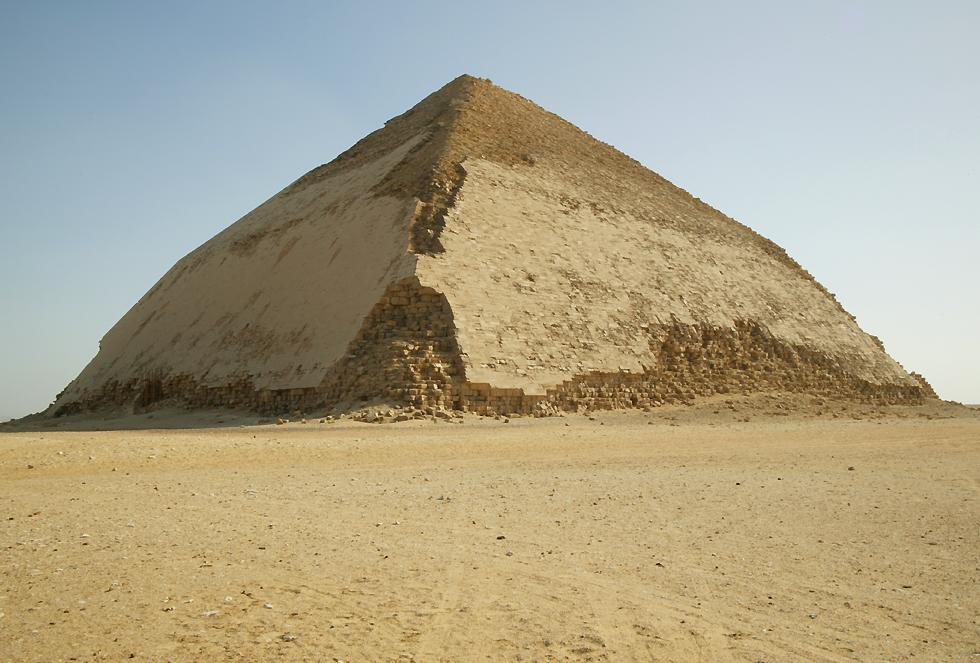"Vaishampayana said: 'When the thirty-sixth year (after the battle)
was reached, the delighter of the Kurus, Yudhishthira, beheld many unusual
portents. Winds, dry and strong, and showering gravels, blew from every
side. Birds began to wheel, making circles from right to left. The great
rivers ran in opposite directions. The horizon on every side seemed to be
always covered with fog. Meteors, showering (blazing) coals, fell on the
Earth from the sky. The Sun's disc, O king, seemed to be always covered
with dust. At its rise, the great luminary of day was shorn of splendour
and seemed to be crossed by headless trunks (of human beings). Fierce
circles of light were seen every day around both the Sun and the Moon.
These circles showed three hues. Their edges seemed to be black and rough
and ashy-red in colour. These and many other omens, foreshadowing fear
and danger, were seen, O king, and filled the hearts of men with anxiety.
A little while after, the Kuru king Yudhishthira heard of the wholesale
carnage of the Vrishnis in consequence of the iron bolt. The son of
Pandu, hearing that only Vasudeva and Rama had escaped with life,
summoned his brothers and took counsel with them as to what they should
do. Meeting with one another, they became greatly distressed upon hearing
that the Vrishnis had met with destruction through the Brahmana's rod of
chastisement. The death of Vasudeva, like the drying up of the ocean,
those heroes could not believe. In fact the destruction of the wielder of
Saranga was incredible to them. Informed of the incident about the iron
bolt, the Pandavas became filled with grief and sorrow. In fact, they sat
down, utterly cheerless and penetrated with blank despair.'
"Janamejaya said: 'Indeed, O holy one, how was it that the Andhakas along
with Vrishnis, and those great car-warriors, the Bhojas, met with
destruction in the very sight of Vasudeva?'
"Vaishampayana continued: 'When the thirty-sixth year was reached (after
the great battle) a great calamity overtook the Vrishnis. Impelled by
Time, they all met with destruction in consequence of the iron bolt.'
"Janamejaya said: 'Cursed by whom did those heroes, the Vrishnis, the
Andhakas, and the Bhojas, met with destruction? O foremost of regenerate
persons, do thou tell me this in detail.'
"Vaishampayana continued: 'One day, the Vrishni heroes numbering Samva
amongst them, saw Vishvamitra and Kanwa and Narada arrived at Dwaraka.
Afflicted by the rod of chastisement wielded by the deities, those
heroes, causing Samva to be disguised like a woman, approached those
ascetics and said, "This one is the wife of Vabhru of immeasurable energy
who is desirous of having a son. Ye Rishis, do you know for certain what
this one will bring forth?"
"'Hear now, O king, what those ascetics, attempted to be thus deceived,
said: "This heir of Vasudeva, by name Samva, will bring forth a fierce
iron bolt for the destruction of the Vrishnis and the Andhakas. Ye wicked
and cruel ones, intoxicated with pride, through that iron bolt ye will
become the exterminators of your race with the exception of Rama and
Janarddana. The blessed hero armed with the plough will enter the ocean,
casting off his body, while a hunter of the name of Jara will pierce the
high-souled Krishna while lying on the ground."
"'Endeavoured to be deceived by those wicked ones, those ascetics, with
eyes red in wrath, looked at each other and uttered those words. Having
said so they then proceeded to see Keshava. The slayer of Madhu, informed
of what had taken place, summoned all the Vrishnis and told them of it.
Possessed of great intelligence and fully acquainted with what the end of
his race would be, he simply said that that which was destined would
surely happen. Hrishikesa having said so, entered his mansion. The Lord
of the universe did not wish to ordain otherwise. When the next day came,
Samva actually brought forth an iron bolt through which all the
individuals in the race of the Vrishnis and the Andhakas became consumed
into ashes. Indeed, for the destruction of the Vrishnis and the Andhakas,
Samva brought forth, through that curse, a fierce iron bolt that looked
like a gigantic messenger of death. The fact was duly reported to the
king. In great distress of mind, the king (Ugrasena) caused that iron
bolt to be reduced into fine powder. Men were employed, O king, to cast
that powder into the sea. At the command of Ahuka, of Janarddana, of
Rama, and of the high-souled Vabhru, it was, again, proclaimed throughout
the city that from that day, among all the Vrishnis and the Andhakas no
one should manufacture wines and intoxicating spirits of any kind, and
that whoever would secretly manufacture wines and spirits should be
impaled alive with all his kinsmen. Through fear of the king, and knowing
that it was the command of Rama also of unimpeachable deeds, all the
citizens bound themselves by a rule and abstained from manufacturing
wines and spirits.'"







